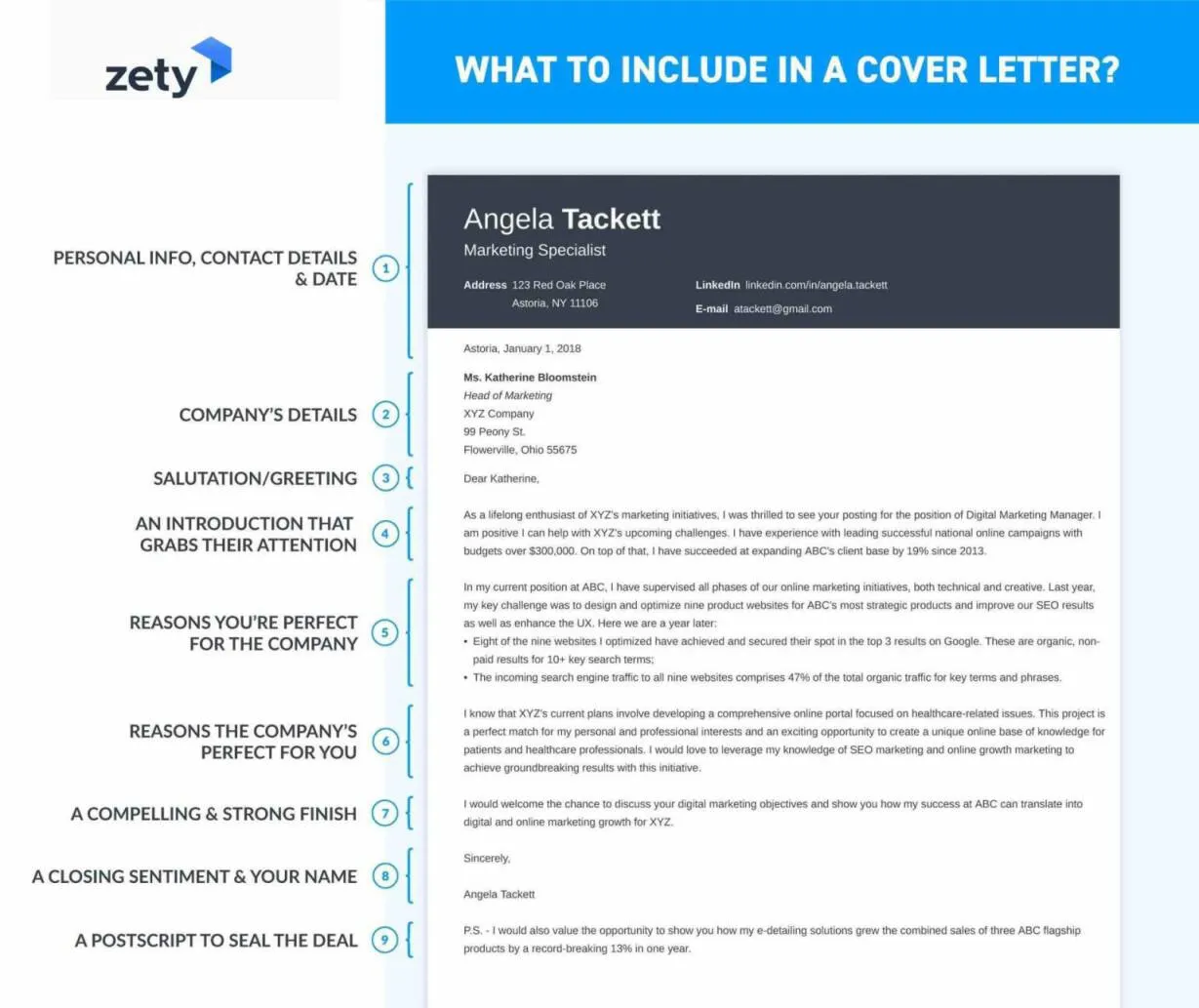What to Put on a Cover Letter
A cover letter is your first introduction to a potential employer, an opportunity to showcase your personality, skills, and enthusiasm for the position. It’s more than just a formality; it’s a critical tool in setting yourself apart from other applicants. A well-crafted cover letter complements your resume, providing context and demonstrating why you are the perfect fit for the job. Understanding what to include and how to present it can significantly increase your chances of landing an interview. We’ll cover the essential elements of a cover letter, offering practical advice and examples to help you create a compelling document that grabs the reader’s attention and secures you the job you want.
Contact Information Section
The contact information section is the very first thing a hiring manager sees, so it needs to be clear, concise, and accurate. It ensures the recipient can easily reach you. This section builds a professional first impression, showing attention to detail and organizational skills.
Your Name and Contact Details
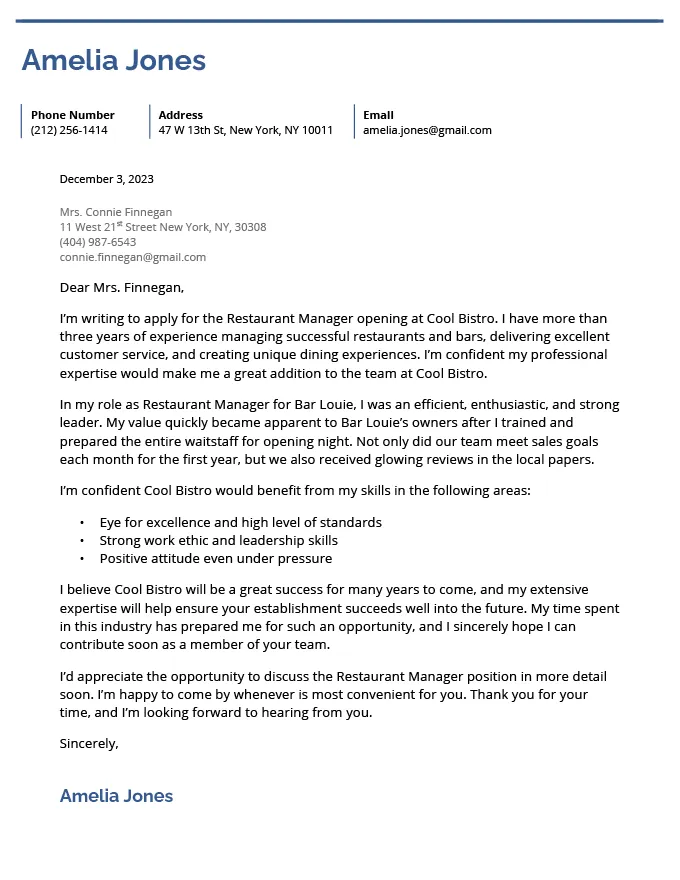
Begin with your full name, prominently displayed at the top. Below your name, include your phone number, professional email address, and optionally, a link to your LinkedIn profile or online portfolio. Ensure your email address sounds professional avoid using nicknames or unprofessional phrases. Verify that your contact information is accurate and up-to-date. This simple step prevents any missed opportunities due to incorrect contact details.
Date and Recipient’s Information
On the same side of the page, below your contact information, include the date. Then, provide the recipient’s information: their name, title, and the company’s mailing address. If you know the hiring manager’s name, use it to personalize your cover letter. If the name is unavailable, research the company’s contact information to find out who to address your letter to. It’s crucial to address the letter to the correct person to show that you have done your homework and that you are genuinely interested in the position.
Greeting and Salutation
The greeting sets the tone for your entire letter. It’s the first interaction with the hiring manager and plays a critical role in establishing a positive and professional connection. Choose a greeting that reflects professionalism and shows your attention to detail. A well-chosen greeting can immediately capture the reader’s attention and encourage them to read further.
Choosing the Right Greeting
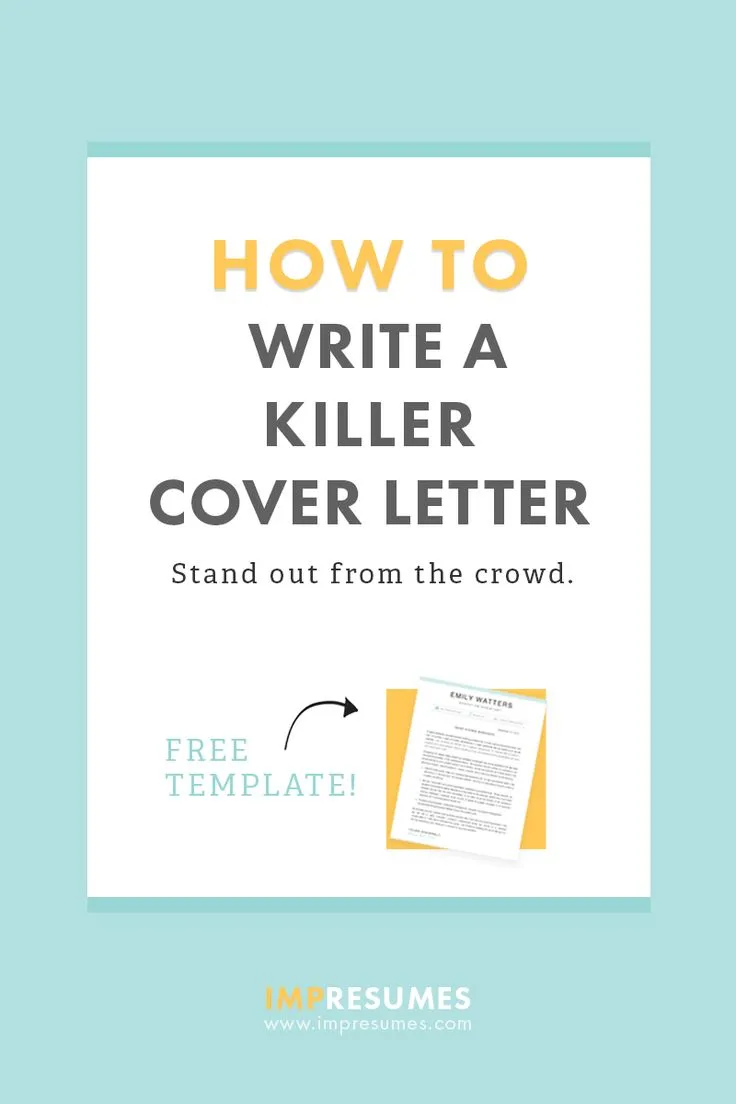
If you know the hiring manager’s name, use “Dear Mr./Ms./Mx. [Last Name].” This personal touch shows you’ve researched the company and are taking the time to make a connection. If you don’t know the name, use “Dear Hiring Manager” or “Dear [Department] Hiring Team” These options are acceptable and keep the letter professional. Always double-check the correct spelling and title of the recipient. Incorrect information can make you look careless.
Avoiding Generic Greetings
Avoid generic greetings such as “To Whom It May Concern.” These can make your letter feel impersonal and demonstrate a lack of effort. While sometimes unavoidable, try to find the hiring manager’s name. Using a specific name shows you care about the role and makes your application stand out. Always keep in mind that personalization can increase your chances of getting a positive response.
Opening Paragraph
The opening paragraph is your chance to grab the reader’s attention immediately. It should state the position you’re applying for and where you found the job posting. More importantly, it should highlight your strongest qualifications and express your enthusiasm for the role. A strong opening paragraph immediately sets the tone of your letter and shows the hiring manager that you understand the job and its requirements.
Purpose of the Cover Letter
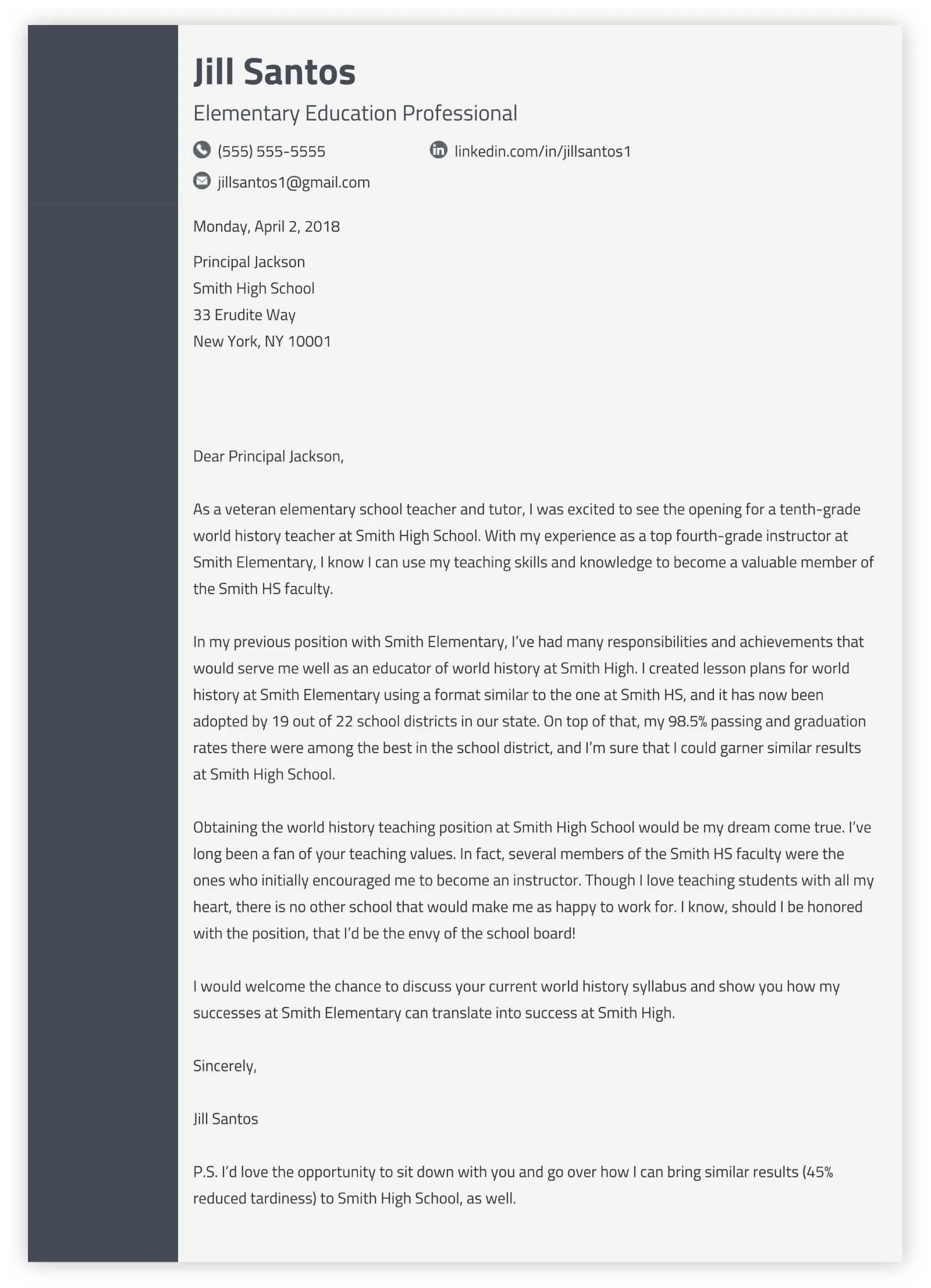
Clearly state the purpose of your letter in the opening paragraph, and include the specific job title you are applying for. Mention where you found the job posting. If you were referred by someone, include their name. This helps the recruiter quickly understand the context of your application and assess your suitability. This ensures the hiring manager knows why they are receiving your letter.
Hooking the Reader’s Attention
Start with a compelling statement that grabs the reader’s attention. You might mention a key skill or accomplishment. You can express your genuine interest in the company. You can create a brief and concise hook that aligns with the job requirements. This makes the hiring manager want to read further, making your application more memorable. Consider using a brief story or a relevant anecdote to make your introduction memorable.
Body Paragraphs
The body paragraphs are the core of your cover letter. Here, you’ll showcase your skills, experience, and accomplishments, showing how they align with the job requirements. This section allows you to provide more detail than you can in a resume. Keep your paragraphs concise and focused, highlighting key achievements. Use specific examples to demonstrate your capabilities. Properly structured body paragraphs are key to persuading the hiring manager.
Highlighting Relevant Skills and Experience
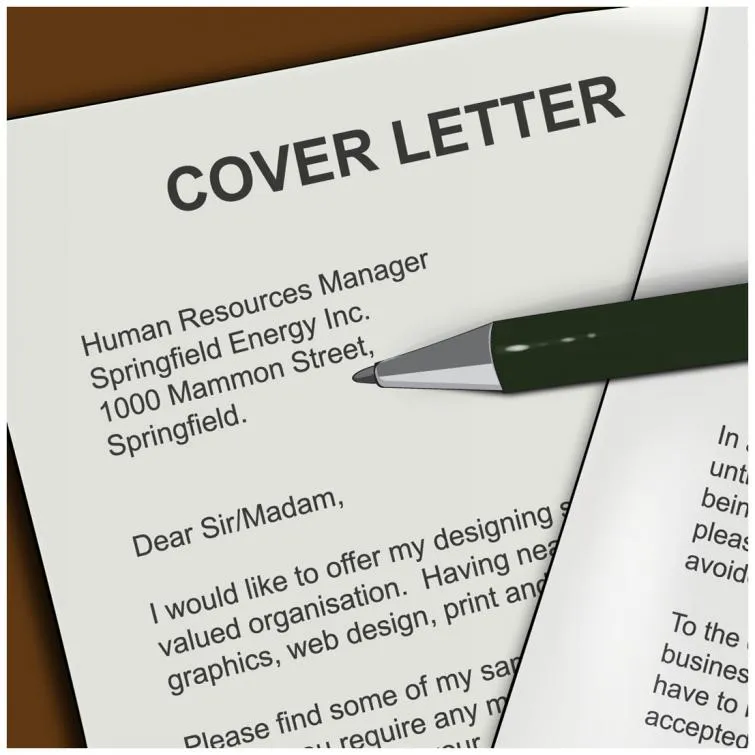
Match your skills and experience to the job description. Go through the job posting carefully and identify the key skills and qualifications the employer seeks. Then, provide specific examples from your past that prove you possess those skills. Use action verbs to start your sentences to make your achievements more dynamic and compelling. Focus on the abilities that are most relevant to the role, showing how you’ve used these in previous positions.
Quantifying Achievements with Numbers
Quantify your accomplishments whenever possible. Use numbers, percentages, or specific data to illustrate the impact of your work. For example, instead of saying “Improved sales,” you could say “Increased sales by 15% in one quarter.” This provides concrete proof of your abilities and makes your claims more credible. Numbers capture the reader’s attention and clearly communicate your value. Concrete data makes your achievements more convincing.
Tailoring Your Letter to the Job Description
Customize your cover letter for each job application. Do not use a generic template. Always adjust your letter to align with the specific requirements and keywords in the job description. Refer to the job posting. Include the same terms and phrases as the posting. This helps the hiring manager understand that you have read and understood the role. Tailoring your letter ensures you highlight the most important skills and experience.
Demonstrating Company Knowledge and Interest
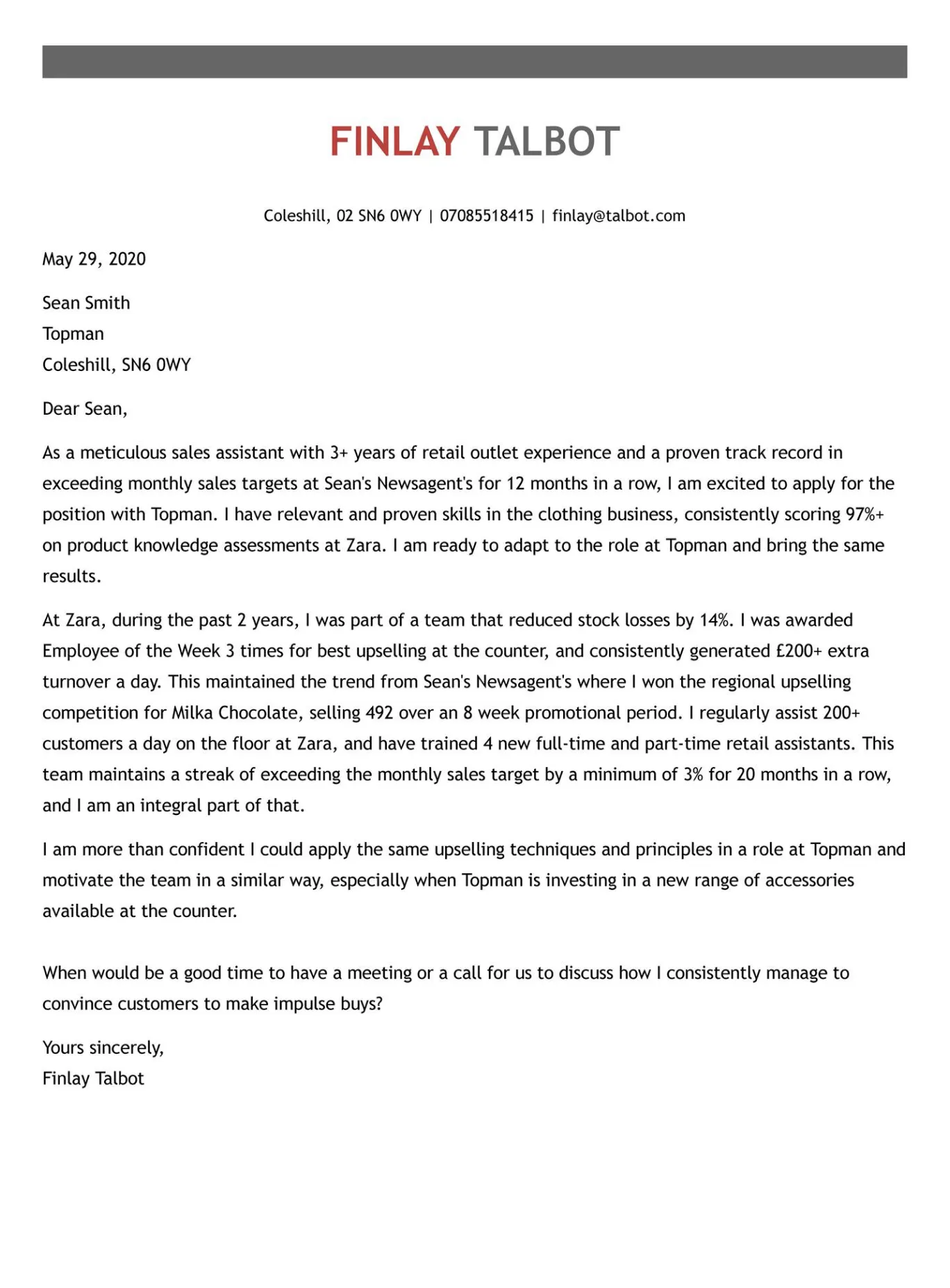
Show that you’ve done your research and are genuinely interested in the company. This shows that you care about the position and that you would be a good fit. Research the company’s values, mission, and recent achievements. Demonstrate your understanding of the company’s activities and the role you want. This demonstrates your interest and shows that you are not just applying for any job.
Researching the Company
Before you write, research the company and its industry. Understand their products or services, their target market, and their recent news or achievements. Look at their website, social media, and any press releases. This allows you to tailor your letter with relevant information. You can also mention why you are excited about working there. It demonstrates that you’ve done your homework.
Expressing Enthusiasm for the Role
Convey your excitement and interest in the role and the company. Explain why you are excited. Highlight how your skills and experience align with the company’s needs. Express your enthusiasm in a way that feels natural and authentic. Demonstrating passion makes a positive impression and shows that you are motivated. Make it clear that you are eager to contribute to the team.
Closing Paragraph
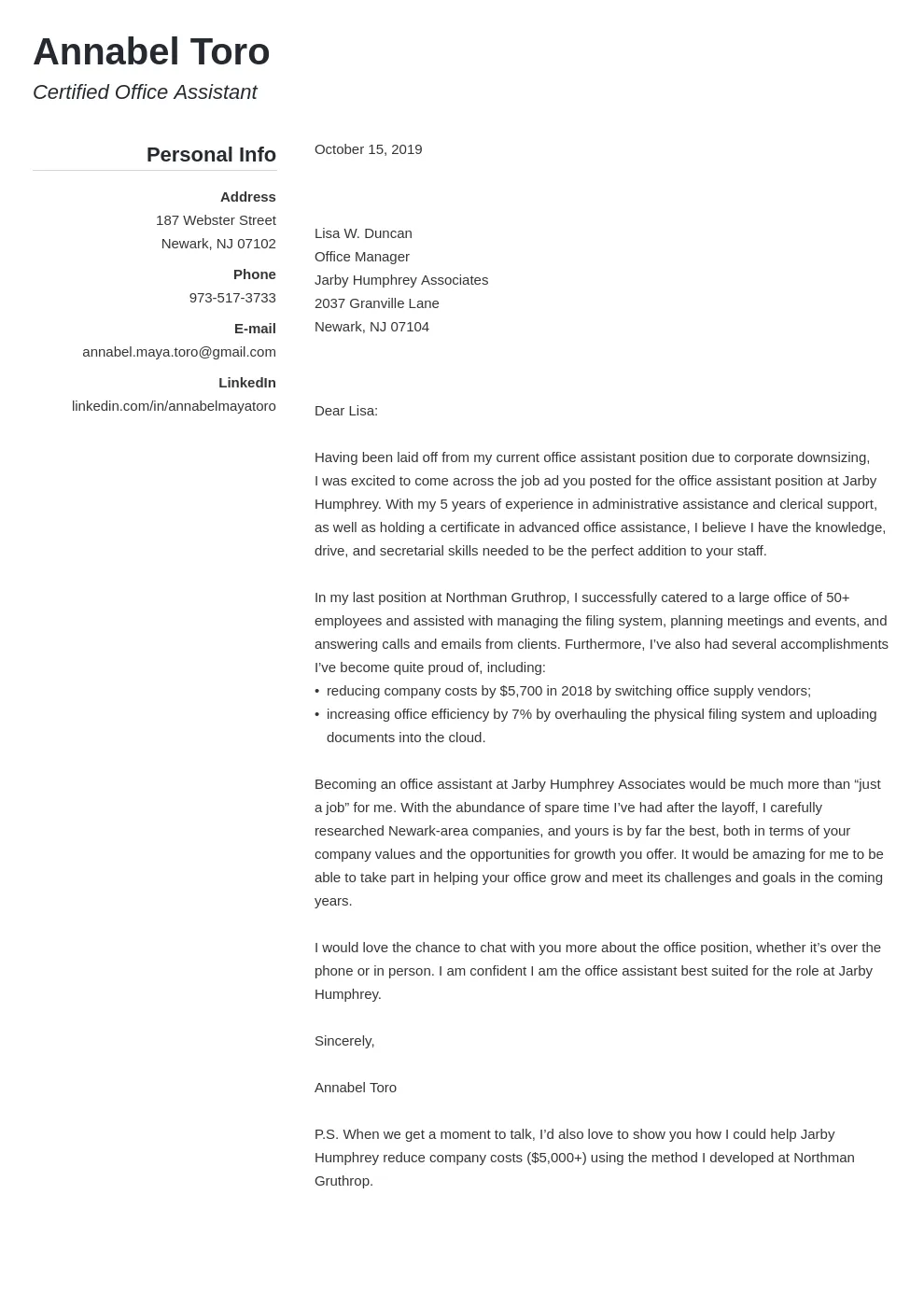
The closing paragraph of your cover letter is your final chance to reinforce your interest and encourage the hiring manager to contact you. It’s a crucial part of your application, leaving a lasting positive impression. Use this space to restate your interest, reiterate your qualifications, and request an interview. The closing paragraph should be concise, professional, and action-oriented. You want to leave the reader with a sense of enthusiasm and eagerness to learn more.
Reiterating Your Interest
Briefly restate your interest in the position and reiterate why you are a good fit. Summarize your key qualifications and explain how you can contribute to the company’s goals. This will remind the hiring manager of the main points of your application. Highlight the strengths of your application again. This ensures they remember your most important qualifications.
Call to Action Requesting an Interview
Include a call to action, such as requesting an interview. Express your availability for an interview and provide your contact details again. This will make it easier for the hiring manager to take the next step. Be polite and positive in your request. Make it clear you are looking forward to hearing from them. Ensure the recruiter has all the necessary information to contact you easily.
Closing and Signature
Your closing and signature section should wrap up your letter professionally. It should convey respect and leave a lasting positive impression. Choose a formal closing and end with your handwritten signature. This adds a professional touch to your application.
Formal Closing Examples
Use a professional closing, such as “Sincerely,” “Best regards,” or “Yours sincerely.” These phrases are standard and appropriate for most business communications. Avoid informal closings. “Thank you” can be used in a more casual application. Choose the closing that best suits the company’s culture. Make sure your choice matches your overall tone and the formality of the letter.
Adding Your Digital Signature
If you’re sending your cover letter digitally, include your typed name below your closing. You can also add a digital signature above your typed name. If you have a scanned image of your signature, insert it. A digital signature is a good touch. This adds a personal touch. Always make sure that your signature looks neat. Always ensure your signature is clear and professional. Your signature completes the cover letter.
